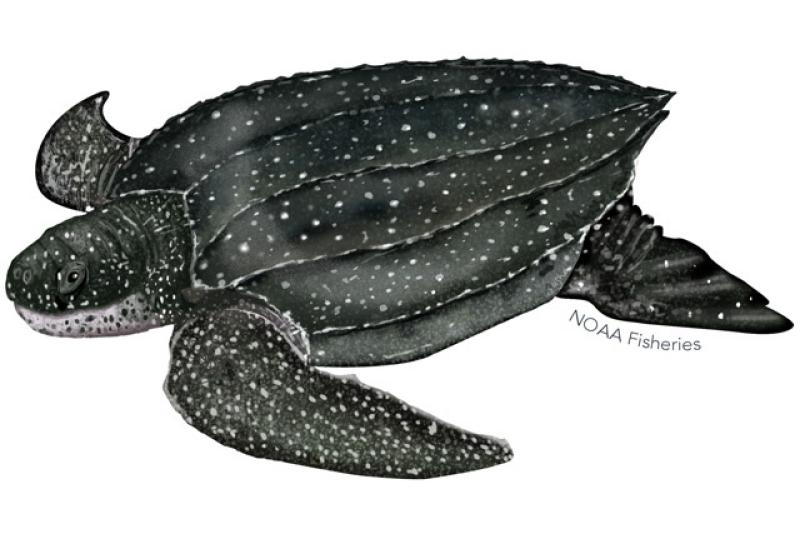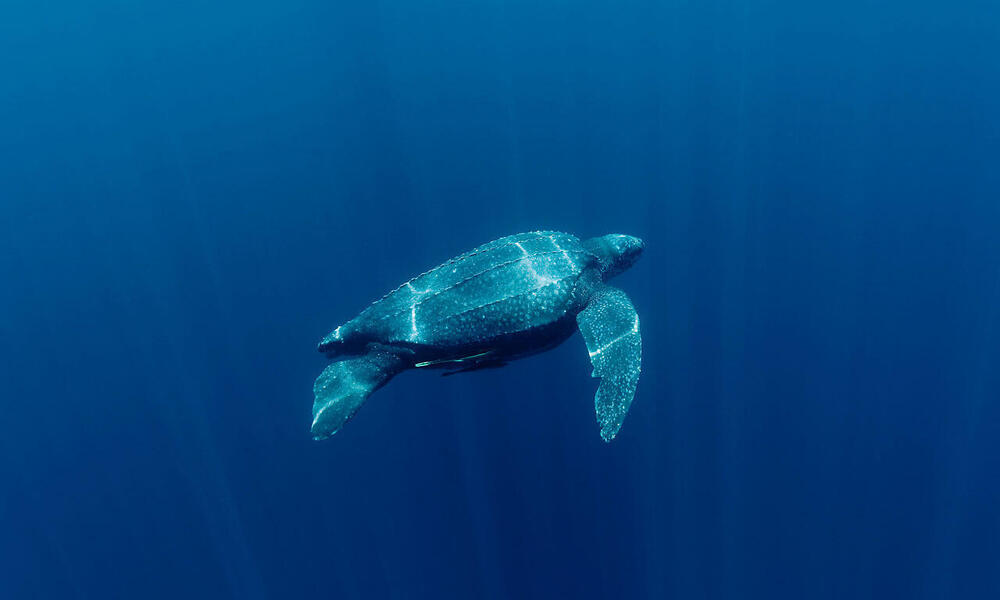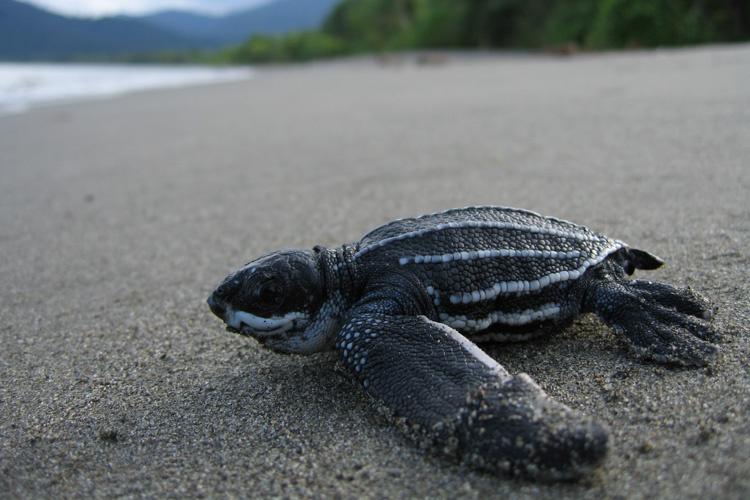Yes, Leatherback Turtles are endangered. These iconic marine creatures are facing a significant threat to their survival due to various factors, including habitat loss, pollution, and unsustainable fishing practices.
Their classification as endangered highlights the urgent need for conservation efforts to protect and preserve their populations. Implementing effective measures to address these threats can contribute to the long-term survival of these gentle giants of the sea.

Credit: www.nwf.org
Status Of Leatherback Turtles
Leatherback turtles, known for their impressive size and distinctive leathery shell, are classified as an endangered species. These magnificent creatures have experienced a significant population decline in recent years, raising concerns about their long-term survival. The primary cause of the decline in leatherback turtle populations is habitat loss and degradation. Urban development and human activities such as fishing have resulted in the destruction of their nesting sites and feeding grounds. Additionally, climate change has had a detrimental impact on these reptiles, affecting their nesting environments and causing changes in ocean currents and temperatures. Conservation efforts are essential in reversing the decline of these endangered turtles. Protection of critical nesting beaches is crucial, as well as the implementation of sustainable fishing practices that minimize bycatch. Educational campaigns can also raise awareness about the importance of leatherback turtle conservation and inspire actions to ensure their survival. In conclusion, the endangered status of leatherback turtles emphasizes the urgent need for conservation initiatives and responsible human behavior to safeguard these captivating creatures for generations to come.

Credit: www.fisheries.noaa.gov
Causes And Impacts Of Endangerment
Leatherback turtles face endangerment mainly due to habitat loss and degradation. Human activities such as coastal development, pollution, and beach erosion have significantly impacted their nesting sites. Destruction and alteration of nesting beaches, including the removal of vegetation and sand mining, have greatly reduced suitable nesting areas. This deprives leatherback turtles of safe and proper places to lay their eggs, harming their reproductive success.
Another major cause of endangerment is climate change. Rising temperatures can affect the sex ratio of hatchlings, as the temperature determines their gender. Ocean pollution further threatens their survival. Plastic debris, fishing gear, and chemical pollutants pose significant dangers, as turtles mistakenly consume them or become entangled. These pollutants can harm their digestive systems, impede their ability to dive and find food, and weaken their overall health and immunity.
Leatherback turtles also fall victim to bycatch, the accidental capture in fishing gear intended for other species. This bycatch occurs in fisheries worldwide and can lead to injury or death for these turtles. Additionally, poaching remains a persistent threat due to the continued demand for their eggs, meat, and shells in certain regions. These activities contribute to the decline in leatherback turtle populations, further exacerbating their endangered status.

Credit: www.worldwildlife.org
Conclusion
To summarize, the leatherback turtle is undeniably facing the threat of extinction. The combination of factors such as climate change, pollution, and habitat loss have resulted in a significant decline in their population. Urgent measures are required to protect these magnificent creatures and their nesting sites.
Conservation efforts, global awareness, and sustainable fishing practices can play a crucial role in ensuring the survival of the leatherback turtle for future generations. Let us act now to preserve their existence and maintain the biodiversity of our oceans.





Leave a Reply